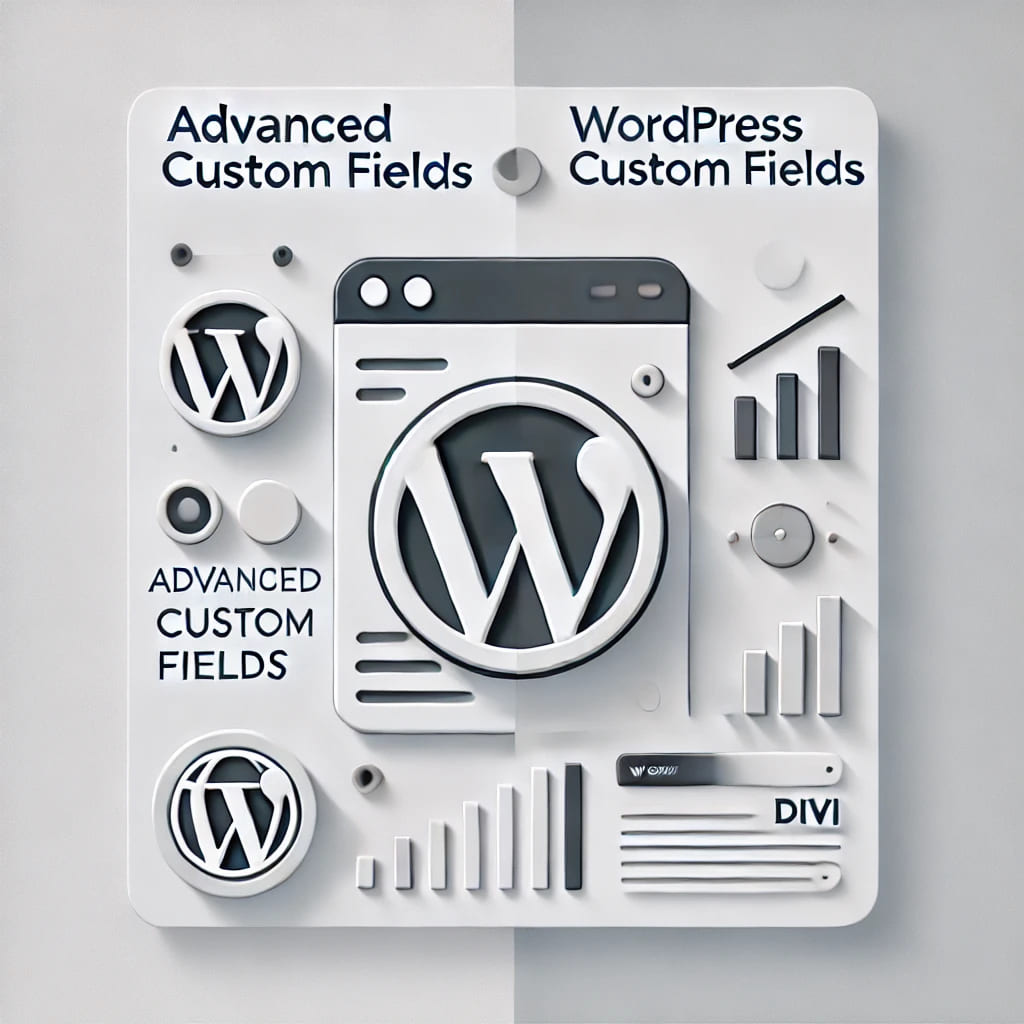Introduction
Understanding the technologies that power websites is crucial for anyone involved in marketing and sales. This knowledge not only allows for better collaboration with developers but also enables more informed decisions when it comes to strategy and resource allocation. This article aims to provide a comprehensive overview of common website technologies and platforms that are industry standards today.
Why Understanding Website Technologies is Vital
- Strategic Planning: Knowing the capabilities and limitations of various technologies can guide marketing and sales strategies.
- Resource Allocation: Understanding the technical requirements can help in allocating resources more efficiently.
- Vendor Selection: A grasp of the technologies involved can aid in selecting the right vendors or platforms for specific needs.
- Client Communication: Being able to speak the language of web technologies can improve communication with clients who may have technical questions.
Core Website Technologies
Front-End Technologies
- HTML: The markup language used for structuring your web content.
- CSS: Used for designing and layout.
- JavaScript: Makes your website interactive.
Back-End Technologies
- PHP: A server-side scripting language, often used with WordPress.
- Python: Known for its readability and efficiency.
- Ruby: Known for its elegant syntax.
- Java: Widely used, especially for larger applications.
Databases
- MySQL: An open-source database, commonly used with PHP.
- MongoDB: A NoSQL database, often used in modern web applications.
- PostgreSQL: Known for its extensibility and SQL compliance.
Content Management Systems (CMS)
- WordPress: Highly customizable and user-friendly.
- Joomla: Offers a balance between ease of use and extensibility.
- Drupal: Known for its robustness and scalability.
Popular Website Platforms
- Shopify: Ideal for e-commerce, easy to set up.
- Wix: Known for its drag-and-drop interface.
- Squarespace: Offers beautifully designed templates.
- Webflow: Allows for visually building complex layouts and interactions.
Strategic Implications
- SEO: Different technologies have different SEO capabilities. For example, some CMS platforms are more SEO-friendly than others.
- Performance: The choice of back-end technologies can significantly impact website speed and, consequently, user experience and SEO.
- Scalability: Some technologies are better suited for scaling, which is crucial for growing businesses.
- Compliance: Certain industries have specific compliance requirements that may dictate the choice of technology.
Best Practices
- Stay Updated: The tech landscape is always changing. Keep abreast of the latest trends and updates.
- Cross-Functional Collaboration: Regularly communicate with the tech team to understand the capabilities and limitations of your current tech stack.
- Client Education: Be prepared to explain technology choices to clients in a way they can understand.
- Security: Always consider the security implications of your technology choices.
Conclusion
Understanding website technologies is not just for developers; it’s crucial for anyone involved in the lifecycle of a website. This knowledge can inform better strategic decisions, improve cross-functional collaboration, and even enhance client relationships. By staying updated on these technologies, marketing and sales professionals can offer more value and drive better results for their organizations.



